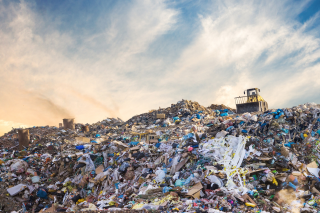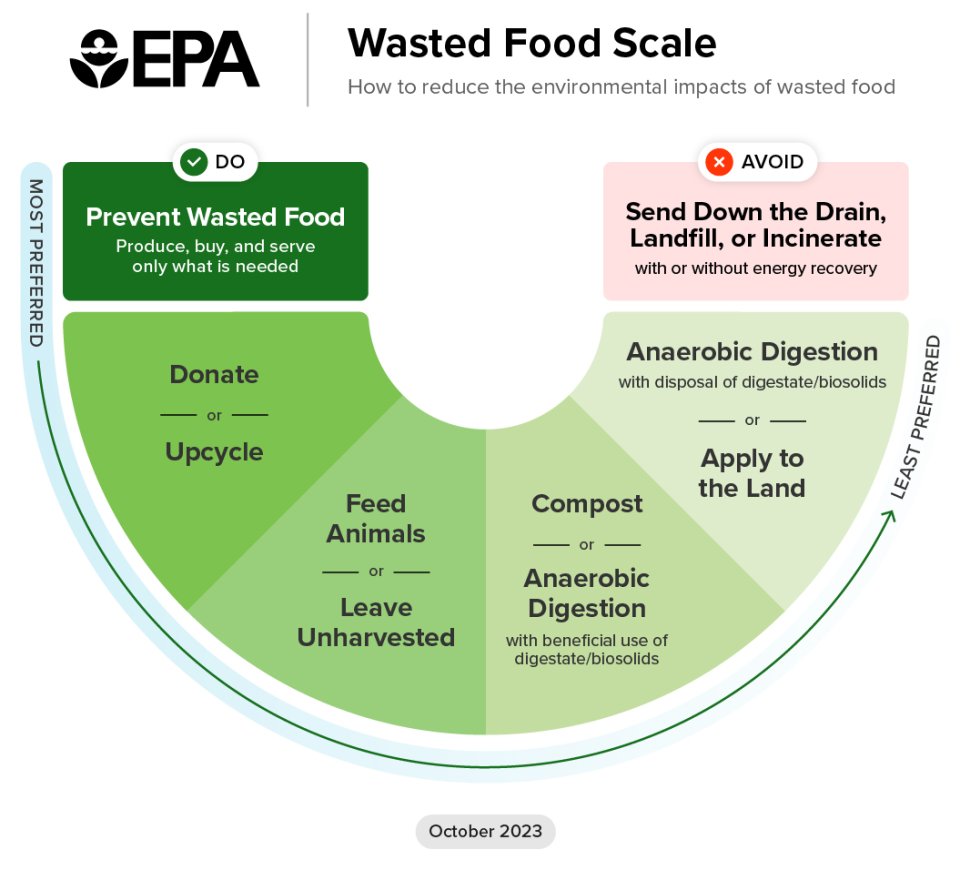Sustainable Management of Food
Understanding the Issues
What Businesses and Organizations Can Do
What Individuals and Communities Can Do

- How to Prevent Wasted Food at Home
- Preventing Wasted Food in Your Community: A Social Marketing Toolkit
- Composting Food Scraps in Your Community: A Social Marketing Toolkit
- Food: Too Good to Waste Toolkit and Guide
- Donate Food
- Composting at Home
- Community Composting
- Educating Youth About Wasted Food



